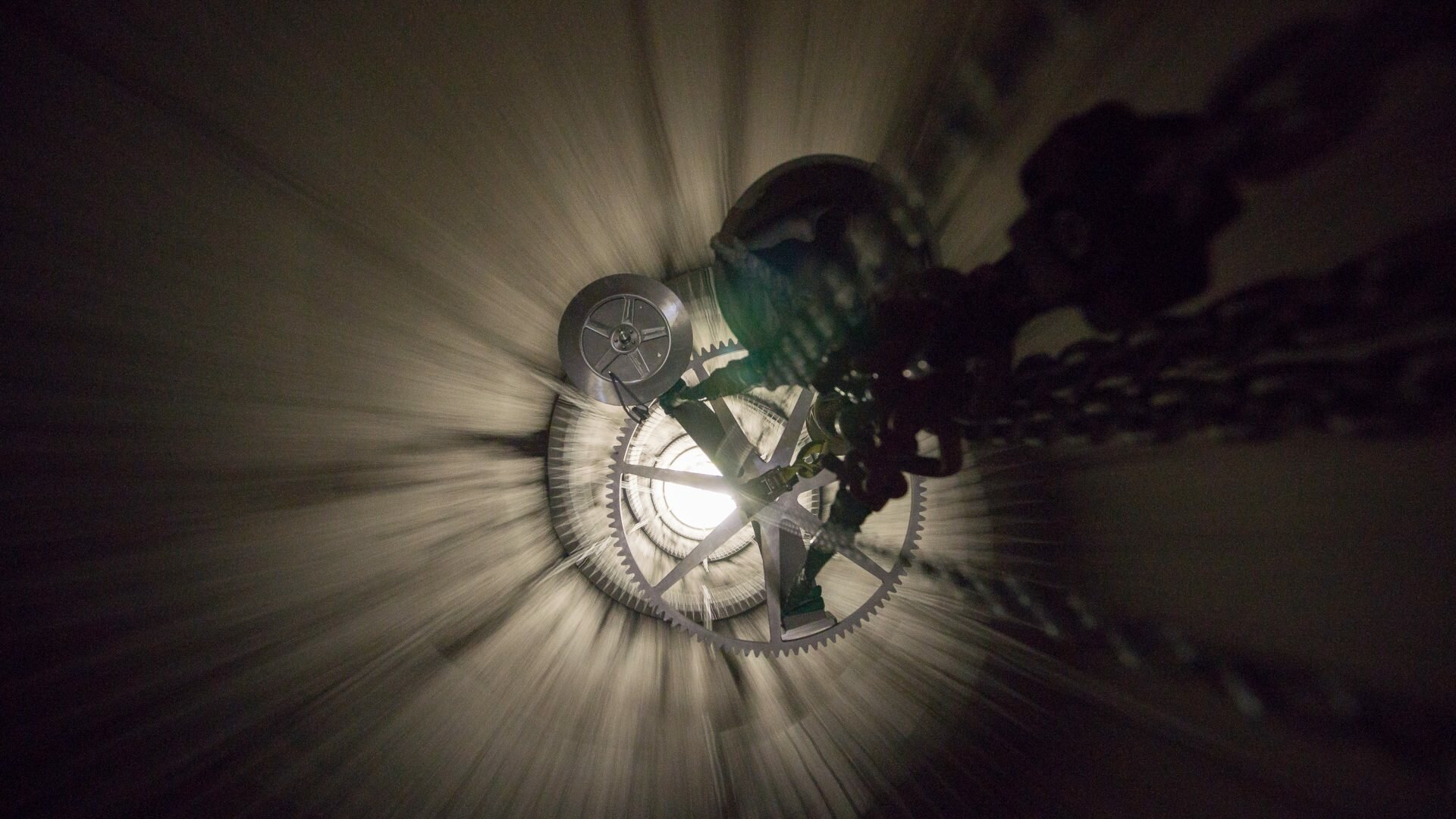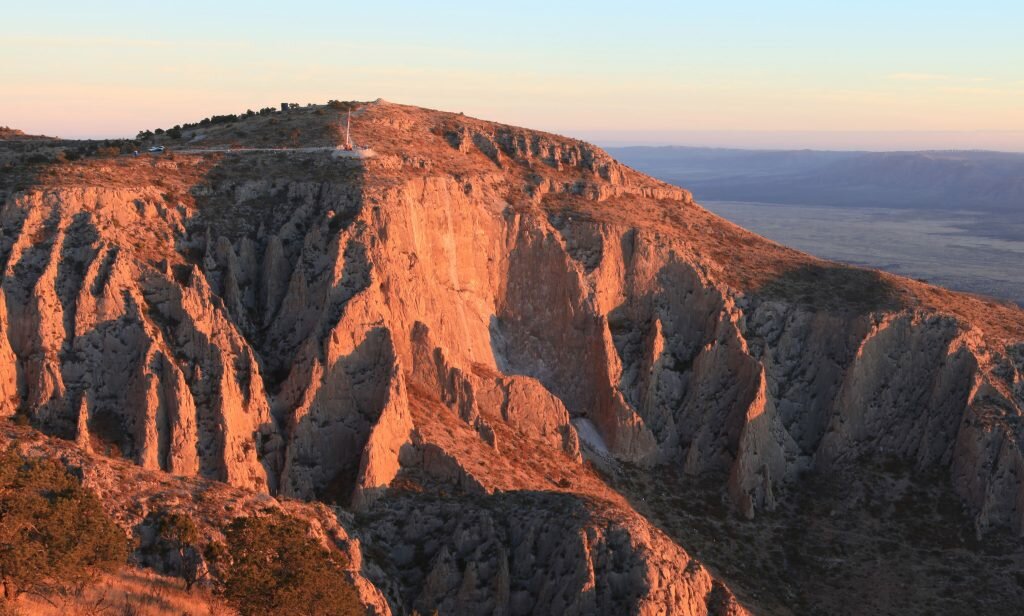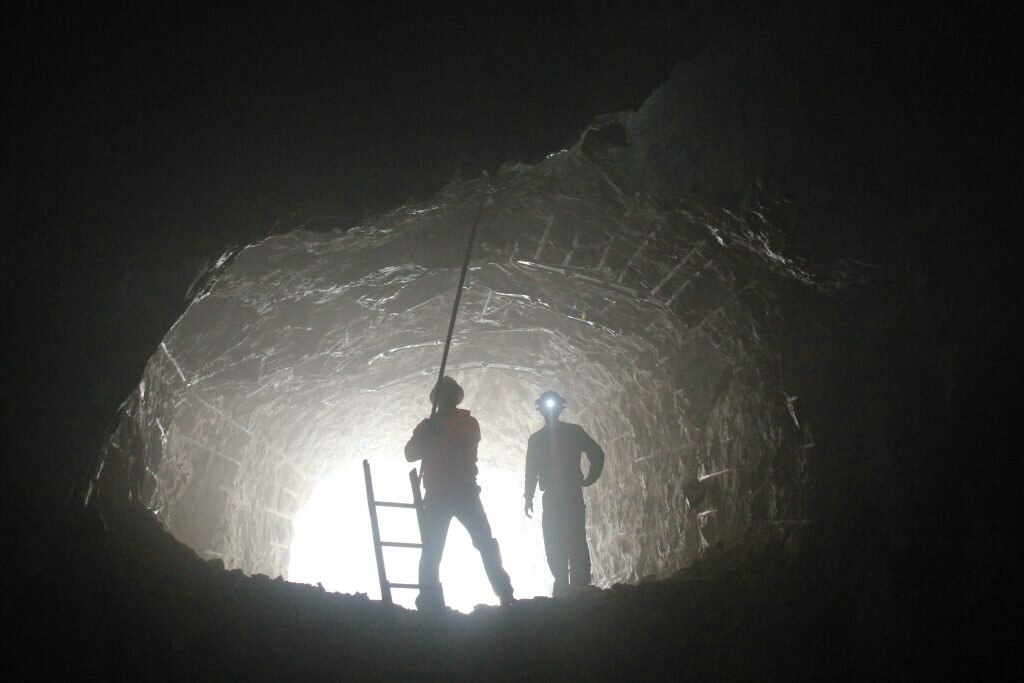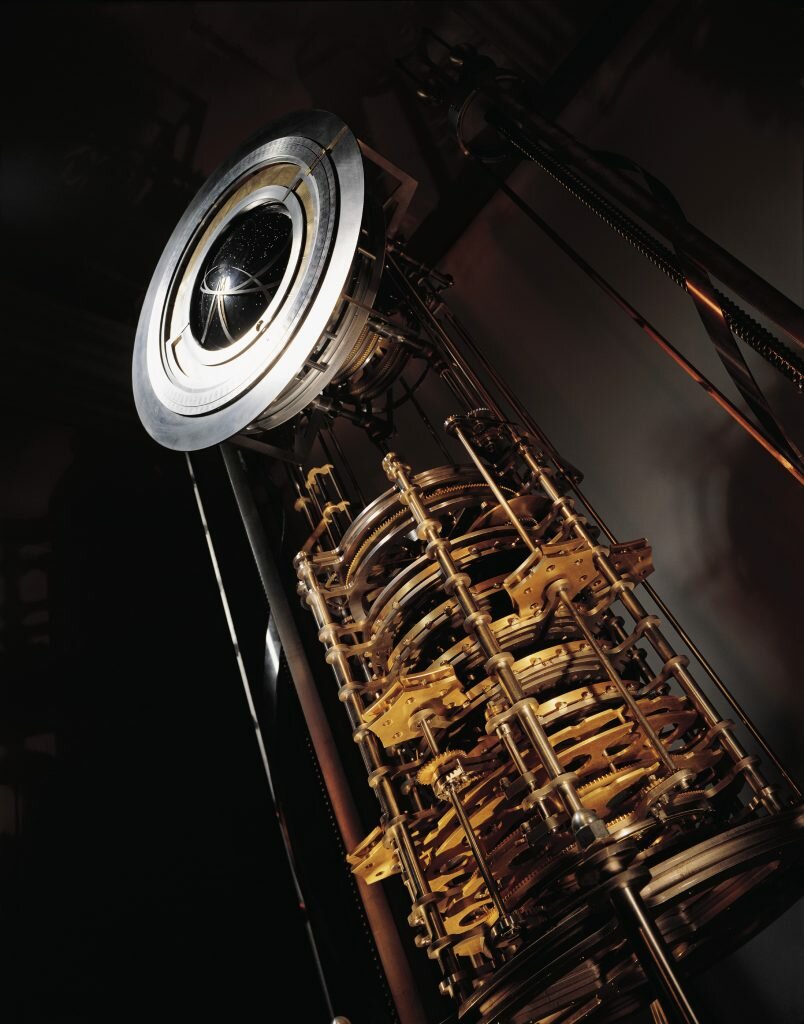Deep within a mountain on Jeff Bezos’ sprawling estate in the Sierra Diablo range of west Texas, the sound of hammering and drilling drifts on the wind.
On the surface, there’s not much to see except for rocky outcrops and succulents, typical of the high desert. Beneath, workers are excavating a cylindrical 150-metre shaft into solid limestone to house the world’s first 10,000 year clock, which will tick once a year, bong once a century and features a cuckoo that pops out on the millennium.
Ironically, the Clock — the multimillion-dollar flagship project of the non-profit Long Now Foundation — is not meant to meter out the passage of time for the people and civilisation that built it, but is instead a physical object whose existence prompts current generations to think about the future.
Both the Clock and Long Now, an organisation that fosters long-term thinking, originated with an observation by computer scientist Daniel “Danny” Hillis. It had occurred to him that as the last millennium approached, fewer people were talking about the future, compared to mid-20th century conversations about what the year 2000 and beyond would be like.
Whereas sci-fi novelists from the 1900s described dystopian futures inspired by shifts in global politics and technology, and the Space Race in the 1950s and 1960s turned the world’s imagination skywards, the quicker pace of technology breakthroughs may have us keeping up with the here and now, rather than casting our minds forward.
“I think it’s time for us to start a long-term project that gets people thinking past the mental barrier of an ever-shortening future,” Hillis told Long Now co-founder and biologist Stewart Brand in “01996” (the Foundation measures dates in five digits, fronted by an extra zero to guard against the deca-millennium bug in 8,000 years) before sharing his proposed design: a huge mechanical clock powered by seasonal temperature changes and people.
While the Long Now’s founders can’t say when the Clock will be completed — its works are being machined and assembled in California and Seattle — its visitor experience has been clearly defined.
Pilgrimages to see the Clock must be undertaken by torchlight, ideally beginning at dawn with a multi-hour hike to its steel-rimmed jade door, cut into the mountainside almost 460 metres above the valley scrub.
A pitch-black airlock-style access passage opens into a 60-metre upcast. Climbing a spiral staircase carved by robot out of the rock, you reach the clock’s counterweights — a huge stack of stone disks, about the size of a small car, and twice as heavy at 4,500kg. To wind it, at least two people are needed to turn the capstan and raise the stones.
The next 20 metres of ascent are dominated by 20 horizontal gears called Geneva wheels, each 2.5 metres in diameter and weighing 450kg. Like a mechanical computer, it will calculate more than 3.5 million tunes that will be rung by the Clock’s 10 colossal chimes over the centuries. Composed by Long Now board member Brian Eno (formerly of Roxy Music), the melody generator is neverrepeating, which means every visitor’s experience will be unique.
Above, the face of the Clock displays the natural cycles of astronomical time: its 2.5-metre tall orrery tracks the Sun, Earth and five human-eye visible planets represented as spheres of natural stone, from a sculpted orb of meteorite for Mercury through a banded onyx for Saturn.
To save energy, the clock’s dials don’t turn unless powered by a visitor, so to see the time you must turn the display wheel by hand until it stops, and the date and time of the last visitor is replaced by your own timestamp.
Even if nobody visits, the Clock has been designed to run for 10,000 years by capturing diurnal changes in temperature via a cupola of sapphire glass which helps create thermal energy to nudge its 2-metre-long pendulum and sync it to solar noon.
This west Texas clock is just one of many clocks the Foundation hopes to build around the world.
The first was a 2.5-metre-high prototype, finished in the nick of time on New Year’s Eve 1999 to usher in the new millennium by chiming twice in front of a small crowd at San Francisco’s Presidio neighbourhood. The clock now resides at the London Science Museum, while other experimental iterations are housed at The Interval in San Francisco’s historic Fort Mason Center for Arts & Culture, a cafe bar-cum-workspace which creates space for serious conversations about deep time (and to drink fantastic cocktails).
A 3.2-km swathe of mountain land property in the Great Basin National Park in Nevada has already been earmarked for the second large-scale clock, which will be installed in a cave surrounded by an expansive grove of 5,000-year-old bristlecone pines, considered the world’s longest-living organism.
Parallel to the Clock project, the Foundation is developing its Library with tools to inspire and enable its community of librarians and archivists, including the Rosetta Disk, a publicly accessible digital library of human languages designed for long-term archiving.
The Disk, on which 13,000 pages of information in over 1,500 human languages have been microscopically etched and electroformed in nickel, fits in the palm of your hand. It’s meant to function as a decoder ring for all the information humans might leave behind — great literature, cures for diseases, blueprints for technology — in any language.
There’s a cultural aspect to the Clock’s site too. Off to the side of its main cavern, a series of small grottos will contain collated cultural expressions of time kept secret so that only those who commit to undertaking the journey to visit the clock will know what they are. These easily removable artefacts invite more dialogue. But, what if, over the span of centuries, they are removed maliciously or as souvenirs?
Alexander Rose, the Foundation’s first employee and who heads project design, noted in a talk on the Clock at the Virginia Air and Space Museum that sacrifice — along with remoteness from cities, a subterranean environment and long-lasting materials — is one of the more surprising strategies when designing for longevity.
-
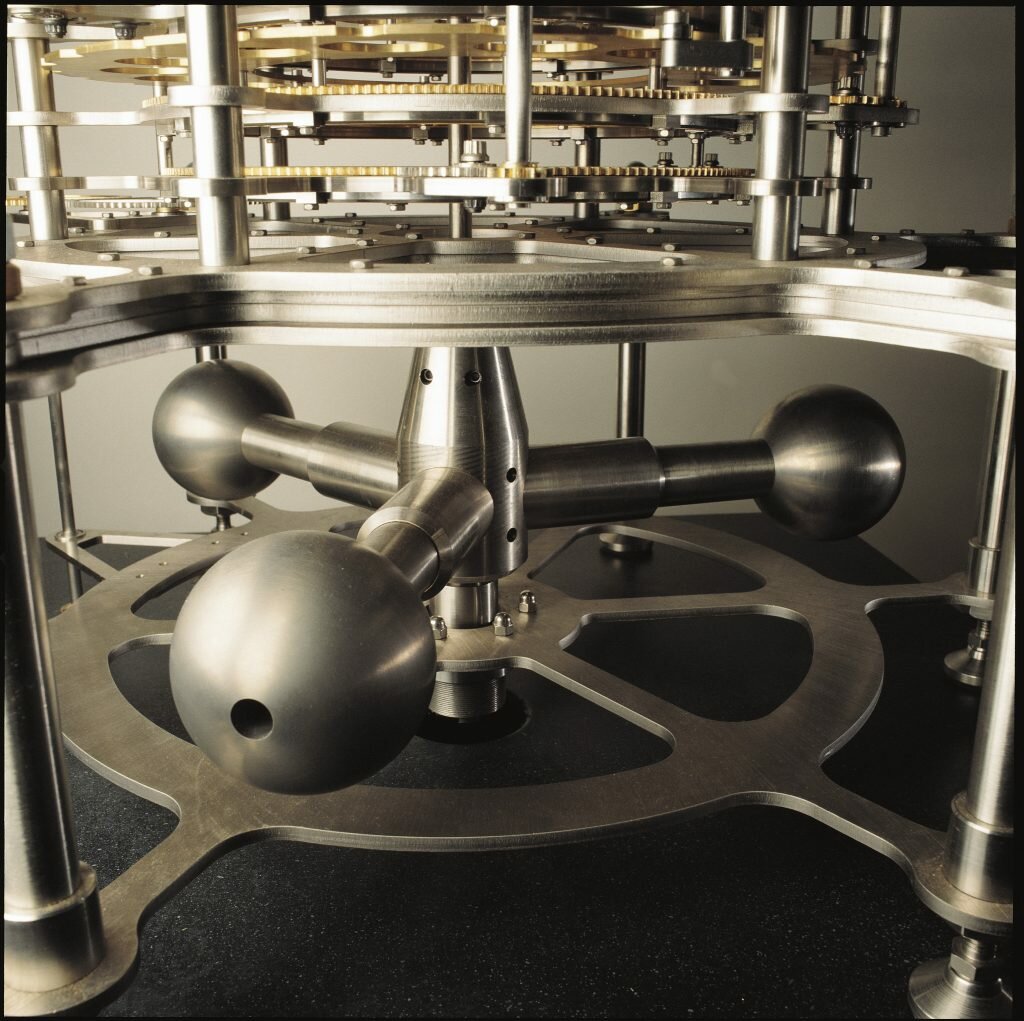
The pendulum(Image: Courtesy of the Long Now Foundation) -

The mundane dial of the Long Now Clock(Image: Courtesy of the Long Now Foundation) -
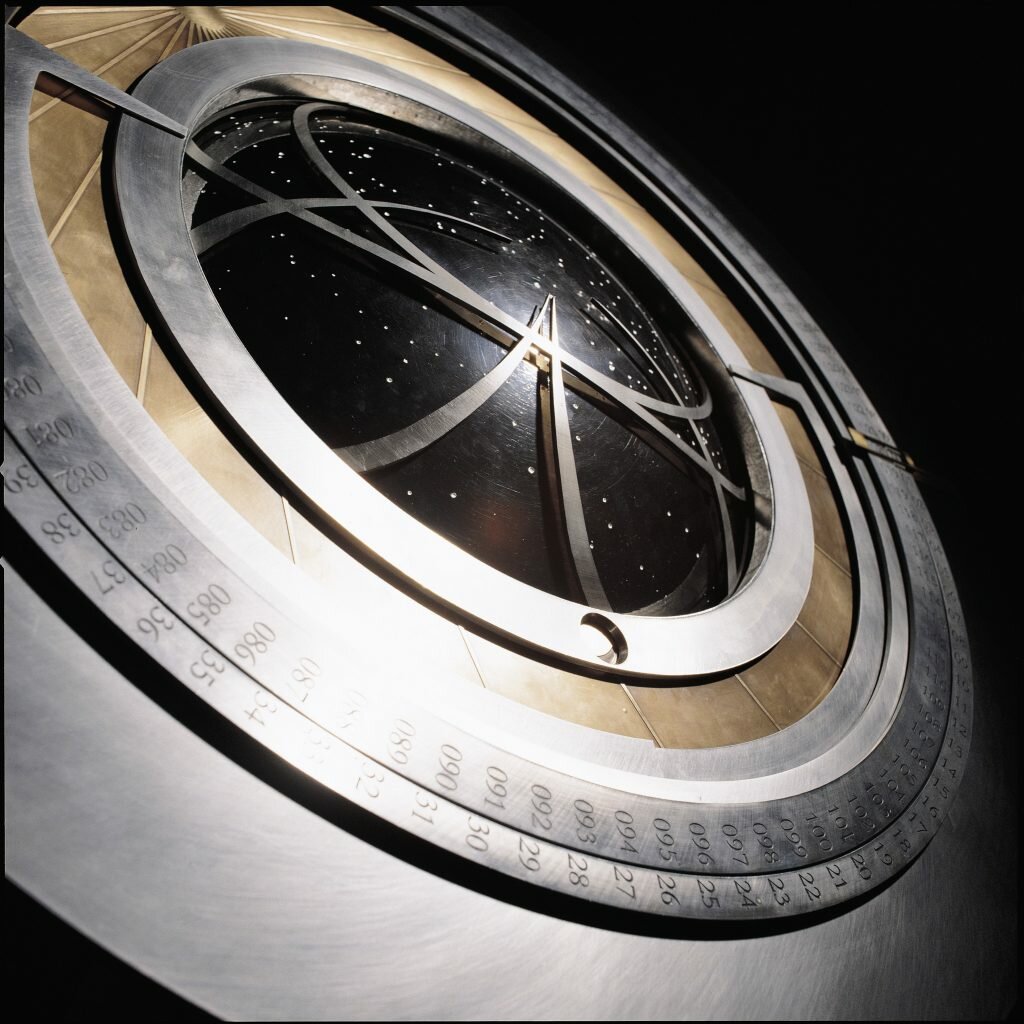
The main dial of the Long Now Clock(Image: Courtesy of the Long Now Foundation)
“[In] the tombs in the Egyptian Valley of the Kings, grave robbers spent their time stealing the gold objects out of the tombs but left the wall art untouched. The jewel-encrusted walls of the Taj Mahal may also have helped preserve the structure by assuming all the value had been taken out with the gems,” said Rose.
“I ultimately think stories are the things that last the longest. And to be a story, it has to have an element of mystery to it,” Hillis told e-flux journal.
That said, the team is building the Clock to last. Most of its workings will be made in 316 marine-grade stainless steel. As the Clock’s engineering tolerances are in fractions of a centimetre, rather than thousandths, microscopic expansion by a film of rust won’t hurt its timekeeping. Parts that move slowly and would be at risk of fusing through galvanic corrosion are crafted in stone and hi-tech ceramics, which require no lubricant. Indeed, the millennial dial creeps so slowly that it effectively doesn’t move at all within a human lifetime.
Integral to the Long Now and its projects is the understanding that the human race may not be around to see them completed.
Why the Clock is designed to run only for 10,000 years is because that is roughly the length of a civilisation — it’s what separates us from the people who made the first ceramics, which is one of the world’s oldest technologies. Bezos, who is funding the project, told Wired in 2011 that “whole civilisations will rise and fall” over the life of the clock.
In an essay on Long Now’s page, board member Kevin Kelly says part of the reason for building the clock is to prompt people to ask why.
“If you have a Clock ticking for 10,000 years, what kinds of generational-scale questions and projects will it suggest? If a Clock can keep going for 10 millennia, shouldn’t we make sure our civilisation does as well?”
For more on the Long Now Foundation and its Clock, visit longnow.org and 10000yearclock.net
This story first appeared in the January/February issue of A Magazine.
